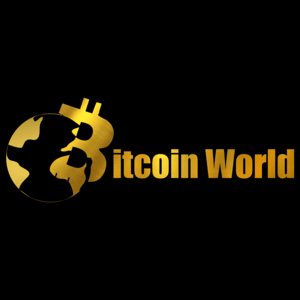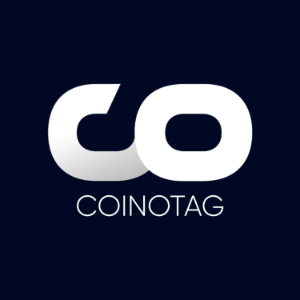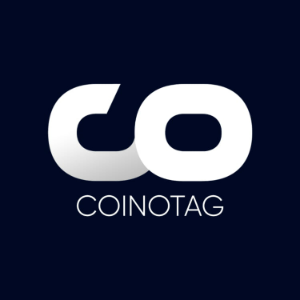Explosive Crypto Debate: Helius CEO Clashes with Cardano Founder Over Ethereum’s Future
4 min read
A heated exchange has erupted in the cryptocurrency space, pitting the head of a prominent Solana-based development firm against the founder of one of Ethereum’s largest competitors. This latest skirmish highlights the ongoing rivalry and strong opinions within the world of Blockchain Technology . What Sparked the Latest Crypto Debate? The recent friction began when Cardano founder Charles Hoskinson offered a stark prediction about the future of Ethereum during a recent Ask Me Anything (AMA) session. Hoskinson drew a comparison between Ethereum and BlackBerry, the once-dominant smartphone maker that was ultimately overtaken by competitors like the iPhone. He suggested that Ethereum, despite its current market position, might not survive the next 10 to 15 years, implying it could suffer a similar fate of obsolescence. Such bold statements from a figurehead of a rival blockchain naturally drew attention and responses from various corners of the crypto community. Helius CEO Fires Back at Cardano Founder Stepping into the fray was Mert Mumtaz, the Helius CEO . Helius is a key developer platform built on the Solana blockchain, another significant competitor to both Ethereum and Cardano. Mumtaz took to social media platform X (formerly Twitter) to address Hoskinson’s criticism directly. Mumtaz’s response didn’t just defend Ethereum; it also turned the spotlight onto Cardano itself. While acknowledging that Ethereum has its flaws and shortcomings – a common point of discussion among blockchain developers and users – Mumtaz argued that it possesses significantly more substance and established utility compared to Cardano. He urged the Cardano project to first secure a meaningful foothold in the market, specifically suggesting they aim for at least a 10% market share in any single relevant metric (such as DeFi total value locked, transaction volume, or developer activity) before its founder makes sweeping claims about the demise of Ethereum. Mumtaz went further, describing Cardano as essentially “vaporware” with no real competitive presence or impact in the current blockchain landscape. This strong label suggests a perception that Cardano lacks tangible, widely adopted applications or significant network effects compared to its peers. Understanding the Stakes: Ethereum vs. Cardano To appreciate the context of this Crypto Debate , it’s helpful to understand the positions of the two blockchain giants at the heart of the discussion: Ethereum: Launched in 2015, Ethereum is the largest smart contract platform by market capitalization and has the most established ecosystem of decentralized applications (dApps), particularly in decentralized finance (DeFi), NFTs, and gaming. Despite facing challenges like scalability and high transaction fees (though improvements are being made with Ethereum 2.0/Serenity upgrades), it remains the dominant player. Cardano: Founded by Charles Hoskinson, one of Ethereum’s co-founders, Cardano launched in stages starting in 2017. It aims to be a more scalable, secure, and sustainable blockchain platform built on peer-reviewed research. While it has a strong community and active development, its ecosystem of dApps and user adoption significantly lags behind Ethereum. The rivalry is intense because they compete for developers, users, and investment in the smart contract platform space. Critiques from figures like Hoskinson are often seen as attempts to highlight Ethereum’s weaknesses to promote Cardano’s perceived strengths. Why Does This Debate Matter for Blockchain Technology? Exchanges like the one between the Helius CEO and the Cardano founder are more than just personal spats. They reflect fundamental disagreements about which technical approaches and development philosophies are best for the future of Blockchain Technology . Arguments about market share, developer activity, and real-world usage are crucial indicators of a blockchain’s health and potential for long-term survival and success. While Hoskinson points to potential future disruption based on technological evolution (like BlackBerry vs. iPhone), Mumtaz emphasizes current, tangible achievements and market presence as the true measure of a project’s substance. The term “vaporware” is a particularly harsh criticism, implying a project exists more in concept and promises than in functional reality and adoption. What Can We Learn From This Exchange? This public disagreement offers a few key takeaways for anyone following the crypto space: Competition is Fierce: The smart contract platform space is highly competitive, with projects constantly vying for dominance. Different Metrics Matter: Proponents of different blockchains often focus on metrics that favor their own platform (e.g., theoretical scalability vs. current TVL). Community and Leadership Impact: The public statements of founders and CEOs can significantly influence market perception and fuel debate. Substance vs. Potential: There’s an ongoing tension between projects with established ecosystems (like Ethereum) and those promising significant future improvements (like Cardano). Concluding Thoughts: The Future of Ethereum and Cardano While Charles Hoskinson’s prediction about Ethereum ‘s long-term viability is a provocative one, Mert Mumtaz’s counterpoint highlights a critical factor: current utility and market adoption. The debate underscores that in the rapidly evolving world of Blockchain Technology , both innovation and established network effects play vital roles. Whether Cardano can gain the significant market share that the Helius CEO suggests is necessary, or if Ethereum will indeed face an existential threat in the coming decade, remains to be seen. What is clear is that the competitive spirit and vocal disagreements among blockchain leaders are far from over, continuing to shape the narrative around these foundational technologies. To learn more about the latest Ethereum and Cardano trends, explore our articles on key developments shaping Blockchain Technology .

Source: Bitcoin World



